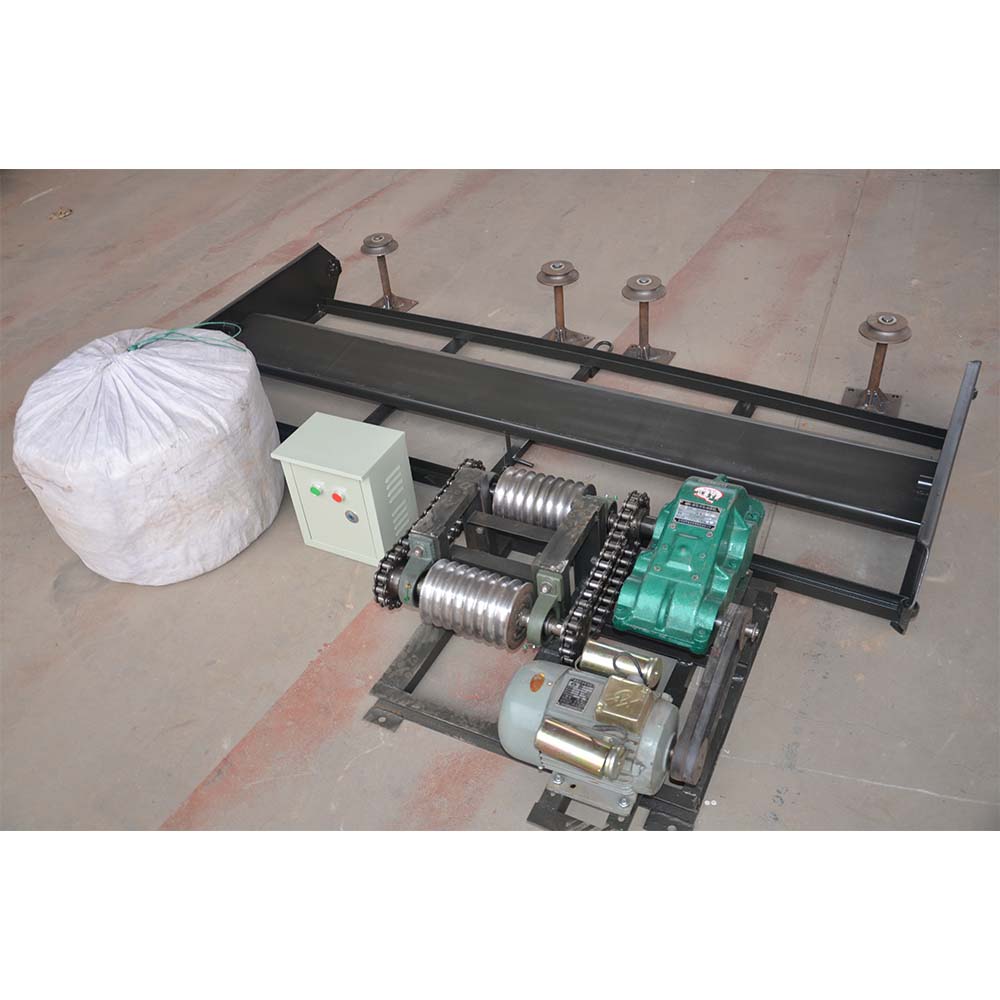Efficient Cooling Solutions for Feed Pellet Production and Quality Enhancement
Nov . 28, 2024 02:47 Back to list
Efficient Cooling Solutions for Feed Pellet Production and Quality Enhancement
The Importance of Feed Pellet Coolers in Animal Nutrition
In the modern agricultural landscape, the efficiency of livestock production hinges greatly on the quality of animal feed. One crucial component in the manufacturing process of animal feed is the feed pellet cooler, a device designed to lower the temperature of pelletized feed after it has been processed. This article delves into the significance of feed pellet coolers, their functioning, and their impact on animal nutrition and farm profitability.
Understanding Feed Pellets
Feed pellets are created by compressing raw feed ingredients through a pellet mill, which provides several benefits for both livestock and poultry. The process of pelleting not only enhances the nutritional value by making the feed more digestible but also improves feed handling and reduces waste. However, this process generates heat, which can adversely affect the quality of the pellets if not properly managed.
The Role of Feed Pellet Coolers
Once the feed has been pelleted, it emerges from the pellet mill at elevated temperatures, sometimes reaching up to 100 degrees Celsius (212 degrees Fahrenheit). This is where feed pellet coolers come into play. The primary function of a cooler is to reduce the temperature of the pellets, typically to ambient levels (around 20-25 degrees Celsius or 68-77 degrees Fahrenheit), before they are packaged and stored.
The cooling process is vital for several reasons
1. Preventing Nutritional Degradation High temperatures can lead to the degradation of essential nutrients, such as vitamins and amino acids. By cooling the pellets quickly, the nutritional quality of the feed is preserved, ensuring that livestock receive a balanced diet.
2. Reducing Moisture Content Feed pellets often contain residual moisture, which can lead to mold growth and spoilage if not addressed. Coolers help to dry the pellets slightly, thereby reducing moisture levels and increasing the feed's shelf life.
3. Enhancing Pellet Durability Hot pellets are more fragile and prone to breaking during handling and transportation. Cooling strengthens the pellets, making them more durable and less likely to crumble, which minimizes feed wastage.
feed pellet cooler

Types of Feed Pellet Coolers
There are various types of feed pellet coolers available, each designed to meet specific production needs. The common types include
- Air-Cooled Coolers These utilize ambient air to reduce the temperature of the pellets. Air is blown through the pellets, facilitating heat exchange, which cools the feed effectively.
- Water-Cooled Coolers This type involves the use of chilled water to absorb heat from the pellets. Water-cooled systems are generally more effective in regions with high ambient temperatures, ensuring consistent cooling under various conditions.
- Cross-Flow Coolers These integrate both air and water cooling systems for enhanced cooling efficiency. The cross-flow design promotes better heat exchange, resulting in superior durability and nutrient preservation.
The Impact on Farm Profitability
The installation of a quality feed pellet cooler can significantly impact a farm’s profitability. Higher feed quality leads to improved animal performance, which means faster weight gain, better feed conversion ratios, and ultimately, enhanced meat and milk production. Livestock that consumes high-quality feed tends to have lower morbidity rates, reducing veterinary costs and improving overall herd health.
In addition, the reduction of spoilage and wastage translates to cost savings. Farmers who invest in efficient cooling systems may find themselves reaping long-term financial benefits, particularly in competitive markets.
Conclusion
In conclusion, feed pellet coolers play a crucial role in the animal feed production process. By effectively lowering the temperature of freshly pelleted feed, these coolers help maintain the nutritional integrity of the feed, enhance pellet durability, and contribute to more profitable livestock farming. As the livestock industry continues to advance, the importance of such technology becomes increasingly apparent, making feed pellet coolers an indispensable asset on the modern farm. As the saying goes, Healthy animals start with quality feed, and the right cooling solutions are key to achieving that quality.
-
Automatic Feeding Line System-Pan Feeder Nipple Drinker|Anping County Yize Metal Products Co., Ltd.
NewsJul.29,2025
-
Hot Sale 24 & 18 Door Rabbit Cages - Premium Breeding Solutions
NewsJul.25,2025
-
Automatic Feeding Line System Pan Feeder Nipple Drinker - Anping County Yize Metal Products Co., Ltd.
NewsJul.21,2025
-
Automatic Feeding Line System Pan Feeder Nipple Drinker - Anping County Yize Metal Products Co., Ltd.
NewsJul.21,2025
-
Automatic Feeding Line System - Anping Yize | Precision & Nipple
NewsJul.21,2025
-
Automatic Feeding Line System - Anping Yize | Precision & Nipple
NewsJul.21,2025






